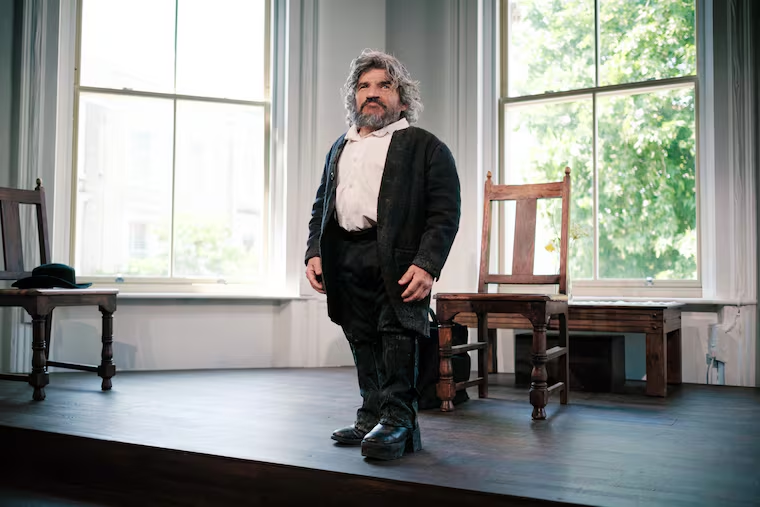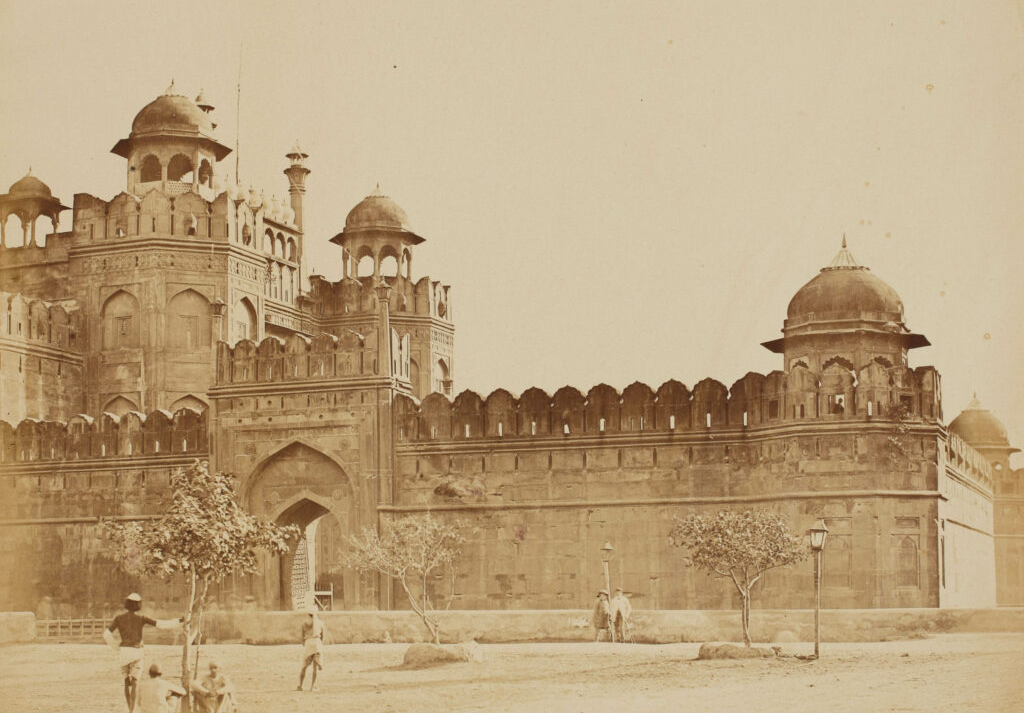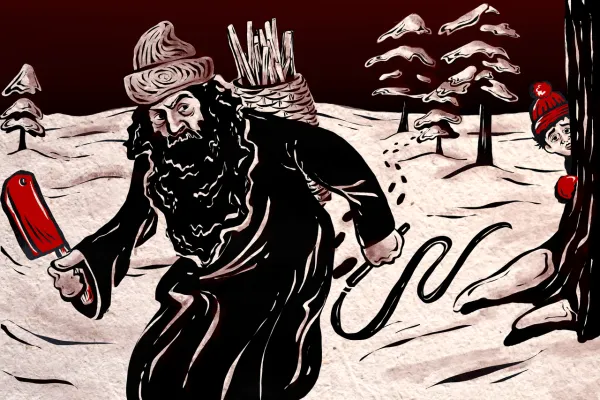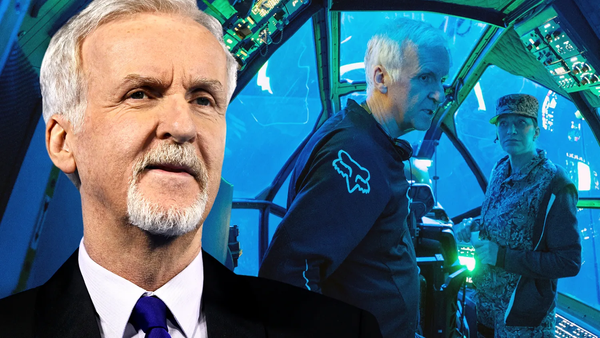This Quaker dwarf made the end of slavery his life's work

For nearly a quarter-century he railed against slavery in one Quaker meeting after another in and around Philadelphia, confronting slave owners and slave traders. He insisted on the utter depravity and sinfulness of “Man-stealers,” who were, in his view, the literal spawn of Satan. He considered it his Godly duty to expose and drive them out. He became one of the very first to call for the abolition of slavery. He was notable for his physique. Benjamin Lay was a dwarf, or “little person,” standing just over four feet tall. He was called a hunchback because of an extreme curvature of his spine, a medical condition called kyphosis. According to a fellow Quaker, his "head was large in proportion to his body; the features of his face were remarkable, and boldly delineated, and his countenance was grave and benignant." He called himself “little Benjamin,” but he also likened himself to David who slew Goliath. He did not lack confidence in himself. (via the Smithsonian)
Lost Jack Kerouac story found among assassinated mafia boss' belongings

A lost story written and signed by legendary San Francisco writer Jack Kerouac has been found among the belongings of an infamous mafia boss who was gunned down in 1985. The two-page story, titled “The Holy, Beat, and Crazy Next Thing,” was written shortly before the publication of Kerouac’s 1957 masterpiece “On the Road.” The story details, in Kerouac’s typical ecstatic and spontaneous style, an evening of joy and yearning in Denver with Neal Cassady, LuAnne Henderson and Allen Ginsberg, using their alter egos Dean Moriarty, Marylou and Carlo Marx. The typed story is signed by Kerouac with a green fountain pen, something he was known to do at the time. The story’s existence was unknown to the public until recently, as it spent many years among the belongings of the former head of the Gambino New York crime family Paul Castellano. (via SF Gate)
How eggs became a crucial ingredient in the early years of photography

Did you know that for a while during the late-1800s, photo studios raised chickens? The largest manufacturer of photographic paper in Dresden, which exported around the world, is believed to have used 60,000 eggs per day. The company employed teams of women whose entire job was to crack eggs and separate whites from yolks. How did the exciting new science of photography wander into the chicken coop? The answer is albumen, a sticky substance found in egg whites. French photographer Louis Désiré Blanquart-Evrard wasn’t the first to experiment with albumen in the photo lab. Previously, the clear white liquid had been used to adhere light-sensitive silver haldide onto glass plates to create dry negatives. Blanquart- Evrard’s genius lay in demonstrating albumen’s effect on the printing material: paper. Photographs printed on albumenised paper produced images with crisp details, warm tones and a lasting sheen. (via Samaya)
Hi everyone! Mathew Ingram here. I am able to continue writing this newsletter in part because of your financial help and support, which you can do either through my Patreon or by upgrading your subscription to a monthly contribution. I enjoy gathering all of these links and sharing them with you, but it does take time, and your support makes it possible for me to do that. I also write a weekly newsletter of technology analysis called The Torment Nexus.
There's a tiny portion of Kentucky that can only be reached by going through Tennessee

The Kentucky Bend, variously called the New Madrid Bend, Bessie Bend, or Bubbleland, is an exclave of Fulton County, Kentucky that is encircled by the states of Tennessee and Missouri. The exclave is a portion of a peninsula defined by an oxbow loop meander of the Mississippi River, and its inclusion in the state of Kentucky stems from uncertainties of the course of the Mississippi River when the boundary between Tennessee and Kentucky was established. As of the 2020 census, the population of the Kentucky Bend Census County Division was nine people. Its location stems from the Royal Colonial Boundary of 1665, which was meant to delimit overlapping inland claims of the Colony of Virginia and the Province of Carolina, respectively. In 1812, this area of the river was highly disrupted and was reported to even flow backward because of the 1811–1812 New Madrid series of earthquakes. (via Wikipedia)
British surgeon had both his feet amputated on purpose and claimed it was an accident

An NHS vascular surgeon who had his own legs removed has been jailed for two years and eight months for insurance fraud and possessing extreme pornography. Neil Hopper, 49, of Truro, Cornwall, carried out hundreds of amputation operations before having his own legs removed in 2019. Truro Crown Court heard he lied to insurers by claiming that injuries to his legs were the result of sepsis and not self-inflicted. It heard that in May 2019 Hopper had below knee amputations after a "mysterious illness". In fact he had used ice and dry ice to freeze his own legs so they had to be removed, said prosecutor Nicholas Lee. The court heard Hopper, who admitted two counts of fraud and three of possessing extreme pornography, had a "sexual interest in amputation". Judge James Adkin said in sentencing that he accepted that Hopper, who had no previous convictions, was remorseful. He was arrested in March 2023 and has been suspended from the medical register since December 2023. (via the BBC)
The sole job of Marvin Minsky's "useless machine" is to turn itself off

Acknowledgements: I find a lot of these links myself, but I also get some from other newsletters that I rely on as "serendipity engines," such as The Morning News from Rosecrans Baldwin and Andrew Womack, Jodi Ettenberg's Curious About Everything, Dan Lewis's Now I Know, Robert Cottrell and Caroline Crampton's The Browser, Clive Thompson's Linkfest, Noah Brier and Colin Nagy's Why Is This Interesting, Maria Popova's The Marginalian, Sheehan Quirke AKA The Cultural Tutor, the Smithsonian magazine, and JSTOR Daily. If you come across something interesting that you think should be included here, please feel free to email me at mathew @ mathewingram dot com



